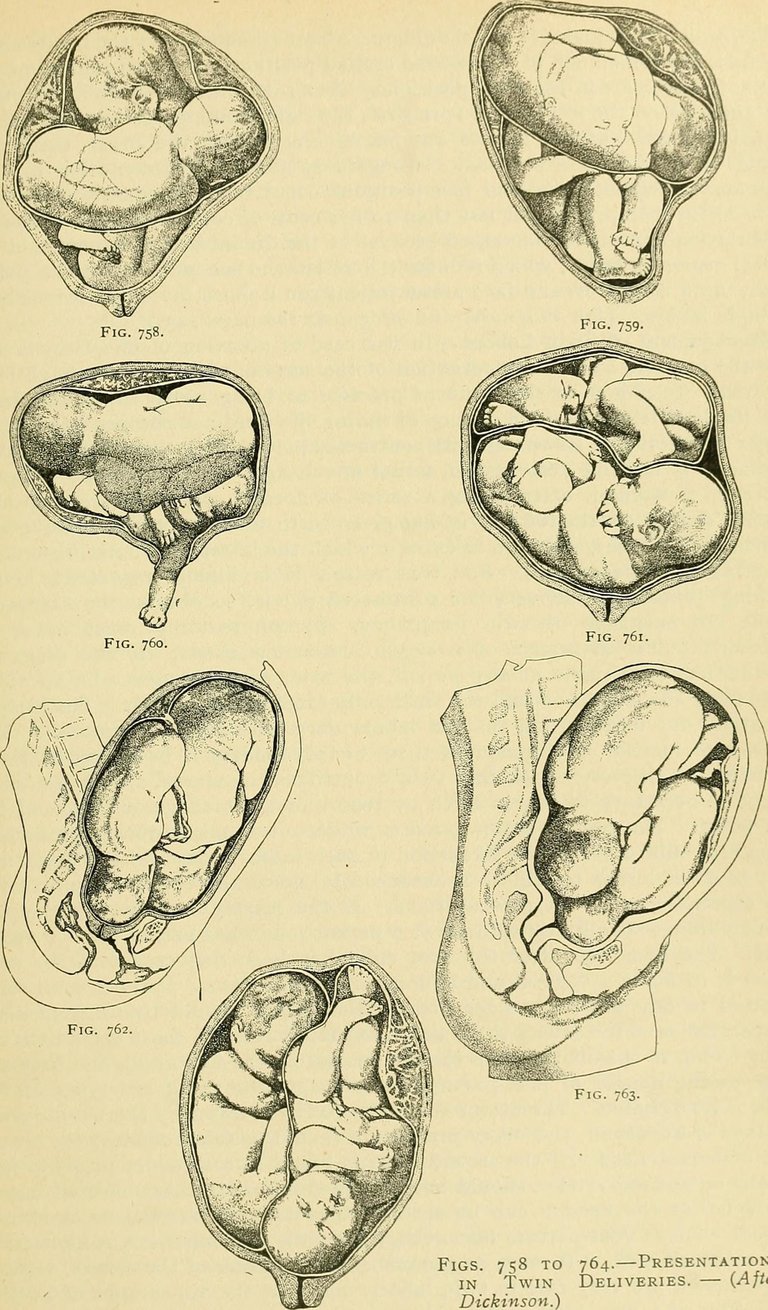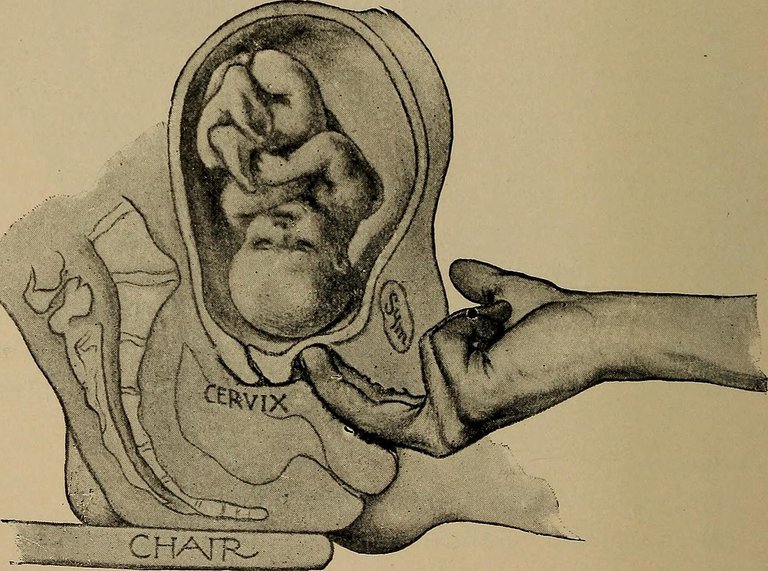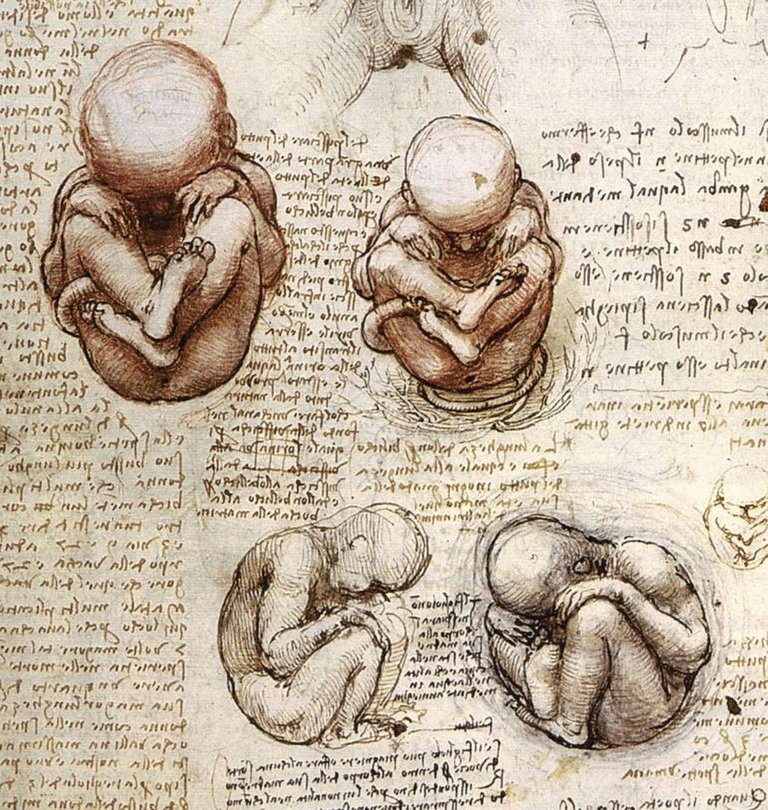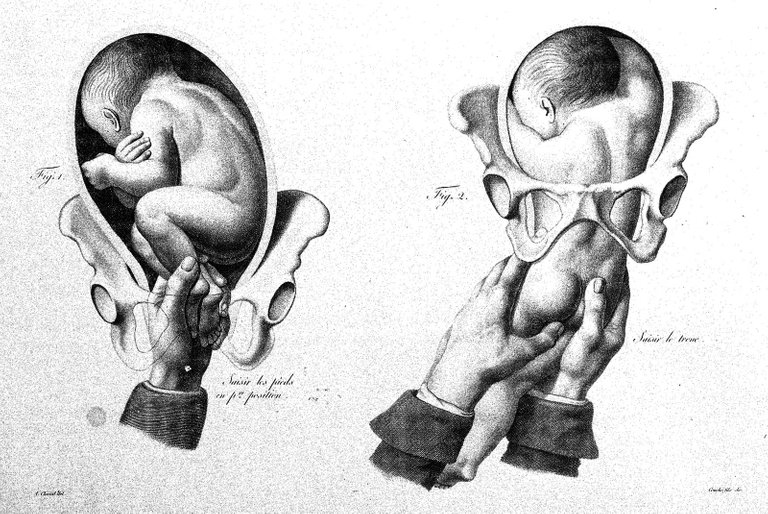It’s been a long break on hive yeah, due to a lot of hitches and the state of Nigeria at the moment (Flood and its effects). I don’t need to explain further. It’s been a hectic week for me and my family but as always, God comes through.
Our topic for today is Fetal Position for Childbirth. In course of this article, we’ll get to know about the fetal position, types of fetal position, the significance of a baby’s position in childbirth, and also some frequently asked questions about the fetal position.
Welcome to midwifery series Part 3

Wikimedia
The position of a fetus changes as the pregnancy progresses. Feeling the movement of the fetus (casually called Kicks) is one of the most exciting things to experience in pregnancy. For real, Something is growing in me?. The position of the fetus also changes as the fetus increases in size.
What Is Fetal Position?
Fetal Position refers to how the fetus is positioned in the womb or uterus. During the early stage of pregnancy, the fetus is small enough to move around the uterus. But this movement is restricted with time as pregnancy progresses and baby size increases. This means that the kicks are usually seen during the 2nd trimester when there’s still space for free movement. Read more on trimester

Wikimedia
Ideally, the fetal position looks like a C-shape with a curved back, arm and legs close to the body with the head down.
Somehow most babies know when it’s almost time for birth and within the 32nd - 36th week of pregnancy, they assume this position signaling they’re getting ready to leave. While some babies do this, a few others make no effort to leave the womb. lol, perhaps they’re comfortable or something.
Fetal position can be seen through an ultrasound scan.
Types Of Fetal Positioning
Occiput Anterior
Here, the baby lies “upside down” with the leg up, head down to face the mother’s back, and the back of the baby resting on the mother’s stomach.
This is the ideal fetal position for childbirth. It is the best position for childbirth. It is sometimes called the cephalic position or vertex position. In the occiput anterior, the fetal head is the presenting part (the first part seen at the birth canal during delivery) with the head down and the back of the head facing the mother’s back.
Imagine a C
This position makes it easy for the fetus to pass through the pelvic inlet. (Read more on the pelvis)
Some other time, the baby might decide “Naah, I don’t wanna be in that position”. These kids play a lot.
Depending on the fetal position, labor can be prolonged.
Occiput Posterior
Just remember that occiput refers to the back of the head.
While in Occiput Anterior, the back of the baby’s head faces the mother's back. In Occiput posterior, the back of the baby’s head is facing the mother’s stomach. So the baby presents with the face-up.
This position increases the chances of prolonged labor and painful delivery.
This position is usually called the Back-to-back position or Sunny side-up position.
Babies with this type of position might be delivered through a cesarean section(Link).
Breech Position
This is the entire opposite of the “Occiput anterior or posterior” position. Here the baby doesn’t even turn upside down. There are different types of breech positions.

Wikimedia
Before 34 weeks of pregnancy, the breech position is not considered a medical problem as some babies turn to a cephalic position before 36 weeks.
Complete breech
Here, the baby is positioned in such a way that the buttock presents first with the knee and hip folded under themselves.
This position increases the risk of [Placenta Rupture] (https://www.mayoclinic.org/diseases-conditions/placental-abruption/symptoms-causes/syc-20376458)
Though in rare occasions, the breech position can be diagnosed during labor after a vagina examination. Therefore, it is advisable to follow up antenatal visits for early diagnosis of breech position and proper management through cesarean section.

Wikimedia
Frank breech
This is similar to a complete breech except that both legs are flexed at the hip and extend at the knee pointing towards the mother’s abdomen. This is the most common type of breech.
Vaginal delivery with this position can lead to injury to the fetus.
Footling breech
Here, the baby’s feet (either one or both) are the presenting part pointing towards the birth canal.
The major complication with breech delivery (irrespective of the type) is Cord Prolapse. The compressed umbilical cord becomes weak and drops below the presenting part of the baby. This can cut the blood supply to the fetus and can lead to a congenital abnormality, sometimes death if not managed properly.
Oblique Position
Here, no particular part of the baby’s body is against the cervix (no particular presenting part). The baby lies with the head on the mother’s hip, very high above the birth canal. It is a very rare fetal position.
This position predisposes the risk of Umblical Cord Compression.
A Cesarean section might be recommended for this position.
Transverse Position
Here, the baby lies in a horizontal position where the head is on one side of the mother’s body and the feet are on the other side. The baby's back is positioned downwards such that the shoulder is pointing towards the birth canal.
Factors That Increases The Risk Of Breech Position
Early labor
Labor that begins before term, especially before 28 weeks of pregnancy has a high risk of breech presentation.
Multiple Pregnancy
Having more than one fetus in the uterus limits the space for movement as the babies develop. So, it might be difficult for them to assume the cephalic position.
Placenta Previa
In this case, the placenta covers the cervix and occupies the position of the baby thereby preventing the baby from assuming the normal position of head first. Read more on Placenta Previa
Other factors include: Abnormal uterus and the presence of fibroid.
The Significance of Baby’s Position in Childbirth.
The best fetal position for childbirth is the cephalic position which occurs in about 97% of deliveries. However, In rare occasions, due to some factors, the baby fails to assume a cephalic position which makes vagina delivery more difficult and increases the risk of complications during delivery.
Some Frequently Asked Questions Pertaining Fetal Position
How is a baby in breech or transverse position delivered?
Cesarean Section is the most recommended method to deliver a baby in such a position. Though a child in a breech position can be delivered through the vagina, this poses more harm to the child and mother inclusive. However, it is best to consult your healthcare provider to make a safe choice.
Can a baby change position on its own?
Yes! A baby can change from one position to another. Some women believe that as they change their position, the baby also changes position. But nature has it that before birth, the baby assumes the correct position.
Can a baby be turned or repositioned before birth?
External Cephalic Version is a method that can be used to turn a baby.
This procedure is usually done if:
- labor has not started.
- you're 36 - 42 weeks pregnant.
- there is an adequate amount of amniotic fluid.
- no part of the baby is touching the birth canal (transverse or oblique position).
- you’re having a single pregnancy.
- this is not your first pregnancy.
- you’re delivering in a standard hospital in case there is a need for a Cesarean section.
External Cephalic Version (ECV) involves massaging the abdomen with firm pressure to move the baby into a cephalic position.
Other methods that can be used to reposition a baby include:
- Using a stimulating sound or object to encourage movements such as music, talking, or temperature change.
I remember during my midwifery posting, this woman in labor kept on requesting warm water to drink. She believed that it'd make the baby uncomfortable thereby hastening his movement. lol, it worked for her though.
In summary, the knowledge of fetal position before birth can increase the anxiety that comes with pregnancy. However, it is important to verify the position of the fetus in order to make a proper birth plan during pregnancy. I advise you to seek proper medical care while making these plans. Also, bear in mind that the goal is to have a safe delivery with the mother and child's healthy. Therefore, Cesarean section is not a death sentence!.
References
What is Fetal Position
Types of Fetal Position
Breech Position
Complication associated Breech Position


